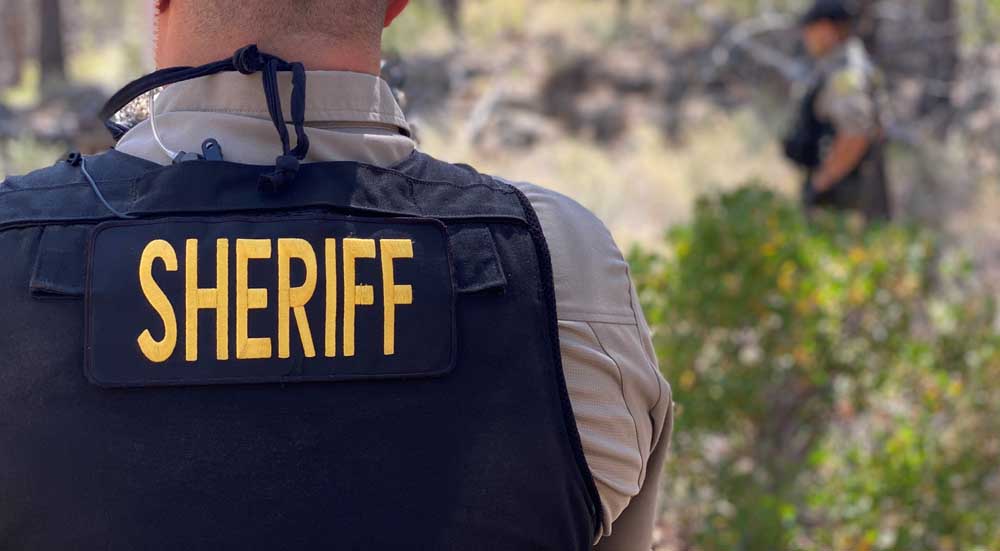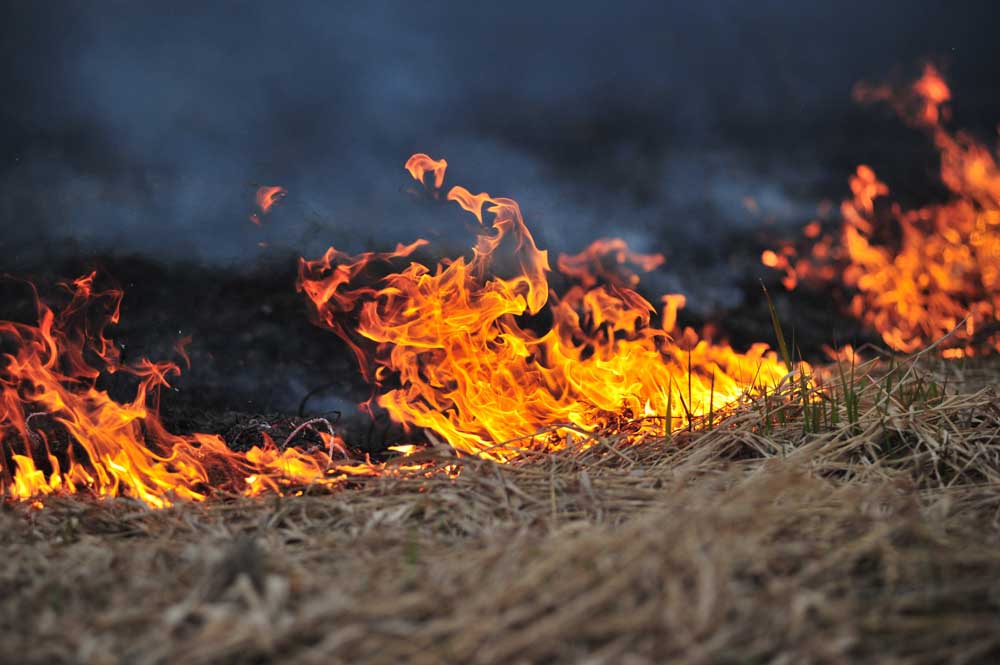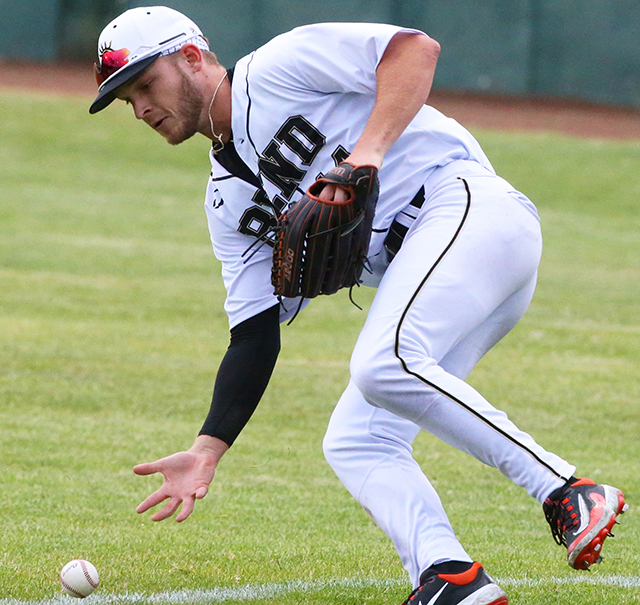Nurse takes bizarre route to Boston silver
Published 12:00 am Wednesday, April 18, 2018
To finish second in the Boston Marathon, train for the race before and after shifts at a full-time job. Never run more than 100 miles a week. And fly into town several days early and drive up to Maine for some biking in Acadia National Park.
Until Monday, this was the blueprint for Boston Marathon success for approximately zero elite runners. But then along came Sarah Sellers, a nurse anesthetist who took advantage of miserable weather conditions to turn the professional marathon world on its head. Perhaps never has a runner taken such an unconventional path to second place in one of the world’s most prestigious sporting events.
Sellers, 26, began her journey to the race innocently enough: Her brother was running in it and thought it would be fun for her to join him. She was not even a professional marathoner — until September she had never run a race of that distance — but was a good endurance runner who ran well in college at Weber State in Utah until an injury sidelined her.
Seizing on a new goal like many a newbie marathoner, Sellers trained before and after 10-hour days at Banner-University Medical Center in Tucson, Arizona, and, to meet the qualification requirement for Boston, entered the Huntsville, Utah, marathon near her hometown in September.
She beat 194 other women that day, securing a spot in the Boston field. Her finishing time landed her in the fastest division. Still, she showed up drenched at the starting line mostly hoping not to embarrass herself.
Then she started passing people, many, many people. She passed every other woman on the course except one, winner Desiree Linden, herself a surprise victor. Sellers was as surprised as anyone.
“Some of the women I was passing, it was just complete disbelief,” Sellers said after the race. “I look up to them extremely and in no way do I consider myself on their level at all.”
She finished in 2 hours, 44 minutes, 4 seconds.
Her Utah-based coach, Paul Pilkington, who was watching on television, had to hit refresh on his computer to make sure the results were correct. In a telephone interview, Pilkington said he knew Sellers to be “very gritty and tough in adverse conditions.” And yet, “I never thought she’d get second,” he said.
Maybe the lashing rain and winds sapped the spirit and energy of competitors. Maybe Sellers’ unorthodox training in comparison with elite, full-time runners, worked in her favor. Or maybe it was her relaxed, what-the-heck attitude.
She had arrived in the Northeast with her husband, Blake, last Tuesday, and they drove up to Maine for some biking. Elite runners usually do not do such things.
Her original plan was to try to beat 2:37. That would allow her to run in the Olympics if she somehow claimed a spot in the top three at the 2020 U.S. Olympic Trials. As race day approached and the ugly weather forecast did not change, she could hardly focus on what time she could achieve; with horizontal rain and freezing temperatures looming, it became more about finishing.
And yet as she took the bus to the starting line in Hopkinton, Sellers said she felt oddly calm. She was, after all, a runner, even if not a probable winner.
Although the climate in Tucson rarely approaches the wintry conditions that bogged down runners in Boston on Monday, Sellers said the mash-up of her training and work schedule prepared her.
“When you are doing your hard workouts after a long day of work, you’re just never going to feel good or comfortable,” she said. “So in a strange way I was very used to not feeling good while running. I think that helped me.”
In her first marathon she went out too hard, so her plan for Monday in Boston was to take it easy at the beginning. Then the lead pack ran the first mile in 6:40, which felt pedestrian to her.
After 3 miles she began to get hot and ditched her windbreaker. As the early leaders surged ahead, she paid little attention to what was going on in front of her. She knew it was a big pack up front, but she did not notice that some of the top runners were dropping out because of the conditions. In the final miles she was picking off a fair number of women, but she did not fully grasp what that meant.
After crossing the finish line she asked officials what place she had come in. They told her second. She wondered what division they were talking about, because she could not have possibly come in second overall. They told her that, in fact, she had.
“I was kind of in shock,” she said.
Now she has some bigger decisions to make and questions to ask. How much faster might she be able to get if she is not working 40 hours a week? Should she try to train with a proper professional running group? Should she spend time at altitude, as elite runners often do? She plans to keep working at the hospital, but she also will try to balance her sleep and training better.
“I want to run another marathon,” she said. “On a faster course — and in better weather.”








